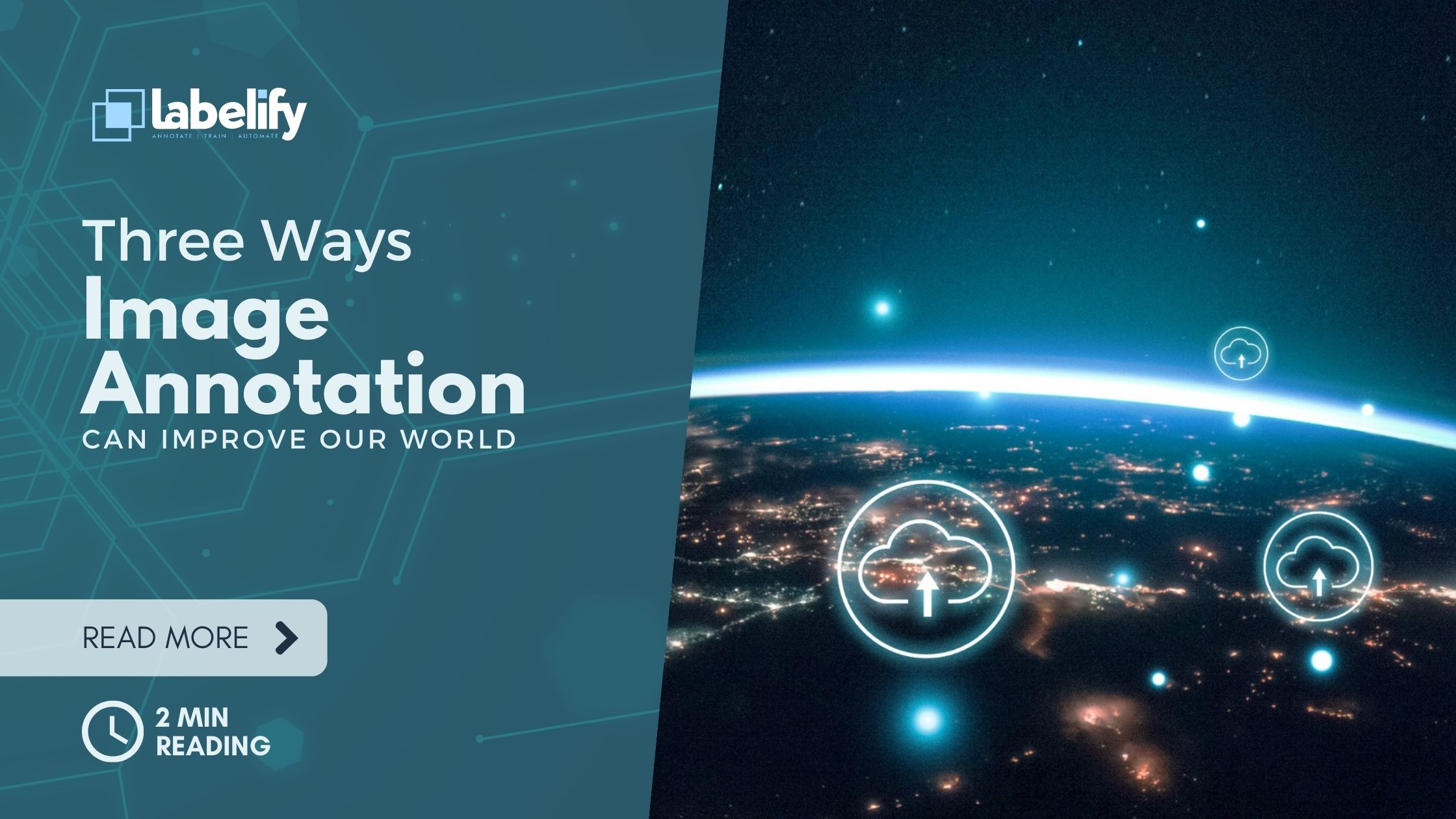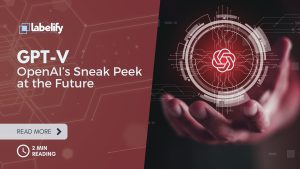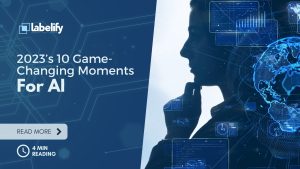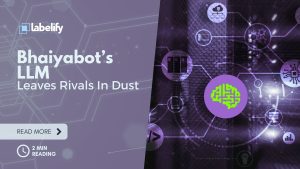Table of Contents
Three Ways Image Annotation Can Improve Our World
Computer vision is one of the fastest-growing applications of artificial intelligence (AI). Each year, investments in computer vision technology are increasing. It is also a great opportunity for centuries-old industries, such as healthcare, agriculture, or transportation, that rely heavily upon visual data.
Image annotation is possible. Annotating or labeling visual data is a major task for computer vision models. They are getting more sophisticated, and it takes a lot of manual labor. This data is used to train the machine to recognize target features, such as benign polyps in medical images.
Labelify has been providing professional managed teams to annotate images in computer vision for just about four years. These are just a few examples of the possibilities we see for image annotation in order to power game-changing AI programs that use computer vision.
1. Improved health with medical AI
Healthcare AI patent applications are increasing, which indicates high levels of technology investment. Healthcare is a complex field. Data is scarce and expensive. A diagnosis can be life-saving. AI can analyze large quantities of patient data. This can help medical professionals identify conditions sooner or better understand patient risks. AI can also help doctors diagnose and treat more severe conditions faster, as well as facilitate collaboration with other healthcare professionals.
Data presents both a challenge and an opportunity for healthcare organizations. It’s large volume means there is a lot of data to analyze. Data is multi-dimensional and can be accessed from many different locations, including patients, treatment options, facilities, time, and even time. It is also high speed, with many patients walking into healthcare facilities each day.
The majority of this data is generated by imaging technology such as CT (Computed Tomography), MRI (Magnetic Response Imaging) and other scanning systems. A person with medical expertise usually analyzes visual data. It is impossible for humans to analyze all of the data and turn it into useful information. Image annotation is a great tool for creating computer vision systems that recognize patterns in data and make it faster and easier for healthcare professionals.
One AI-based medical company offers AI-based image databases that enhance the understanding of medical professionals and improve preventive care. These images are used for training computer vision models that can analyze each patient’s medical images to help doctors give faster and more accurate diagnoses.
2. For more sustainable farming, precision agriculture is a better option
Agriculture is one the oldest industries in the world. It has seen many technological changes over the years. Sometimes called AgTech, or farm tech, precision farming is the application of technology to improve profitability, efficiency and sustainability for farms.
Precision agriculture is a method of making farming more precise, controlled, and predictable. It allows for the cultivation of crops and the raising of livestock. This includes GPS (Global Positioning Systems), sensors and robotics as well as autonomous vehicles. Many of the visual data these systems analyze can be annotated in order to train and deploy computer vision systems.
Machine learning models can use annotated images to predict crop yields, automate stand counts, analyze plant health, and determine the best areas to apply fertilizer, herbicides and seeding. Variable rate application is what this is. This is called variable rate application. Images are also being used to solve the shortage of farm workers by forecasting the best harvest time and using the computer-vision powered robotic harvesting technology.
Hummingbird Technologies offers crop analytics via drone, satellite imagery and computer vision. They assist farmers in increasing their yields and using the most efficient inputs to grow more sustainably.
3. Transport of goods by autonomous vehicles
Bloomberg reports that, even before the COVID-19 pandemic caused social distancing to occur, engineers were “quietly recalibrating expectations” and pushing back promised timelines. However, the software and technology development required to make autonomous vehicles safe and reliable is taking much longer than expected. An image annotation is an important step in the preparation of the huge amount of training data with increasingly complicated features that will be required to train AV machine-learning algorithms.
The demand for AV technology has increased due to the pandemic. Robot drivers can deliver groceries and medicines. Many of the technology-development labs have been closed by the lockdowns that resulted in cities all over the world. Companies that develop AV technology that is resilient to the economic effects COVID-19 will likely be the leaders of an industry that will continue to be highly sought after the pandemic.
Starship Technologies is one of the AV companies you should be following in the coming months. This autonomous delivery company used to deliver hot food to college students. It recently launched a robot food delivery service in Tempe.
Labelify: An image annotation tool (coming soon)
Computer vision promises a bright future. Only time will tell who will be the winner in the development of AI solutions that will change the world.
Labelify has been annotating images, videos, Lidar, text and audio for over a few years. Our professionally managed teams process data with high accuracy and power some of the most innovative products. Our teams annotation the images used for machine learning, precision agriculture, autonomous vehicles, and medical AI.
Contact Labelify today to learn more about how Labelify’s images, videos, Lidar, text and audio annotation services can help your company.




